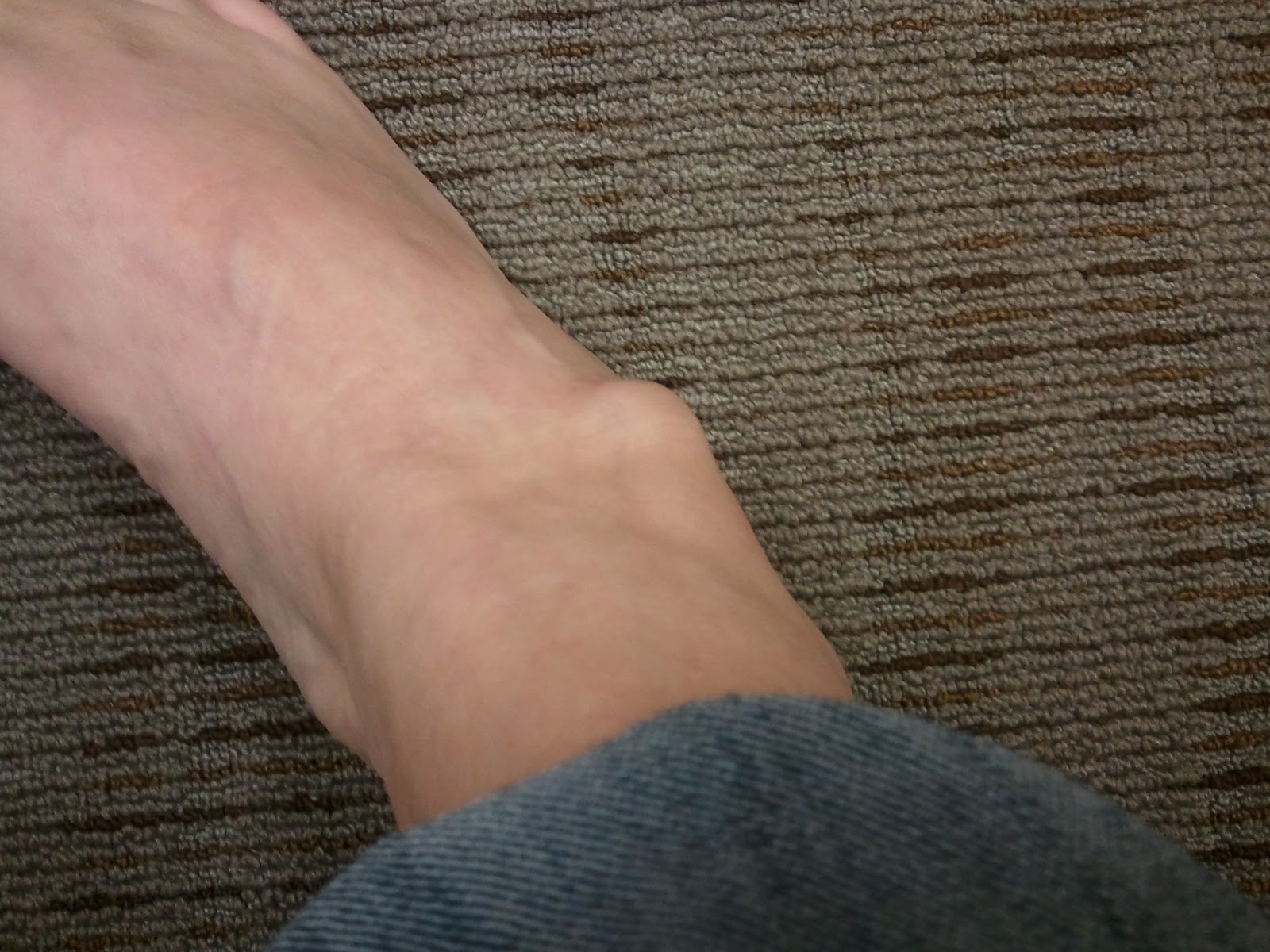 Occurring in any age group or population, ankle lump is a localized area of swelling or protuberance in the ankle. Ankle lumps are also referred to as ankle bump, nodule, contusion, tumor or cyst. It can occur either in one ankle or both at the same time with the possibility of having multiple lumps at the same time. The lumps can be soft or firm to touch, painful or painless, rapidly growing in size or may not change either.
Occurring in any age group or population, ankle lump is a localized area of swelling or protuberance in the ankle. Ankle lumps are also referred to as ankle bump, nodule, contusion, tumor or cyst. It can occur either in one ankle or both at the same time with the possibility of having multiple lumps at the same time. The lumps can be soft or firm to touch, painful or painless, rapidly growing in size or may not change either.
What Causes Lump on Ankle?
Ankle lumps can be caused by a variety of reasons like inflammatory diseases, trauma, infection, benign cysts, tumors and cancer.
Trauma
The different types of trauma which can cause ankle lump are ankle dislocation, sprain, fracture in the lower leg, foot or ankle, hematoma in the ankle or development of scar tissue in the ankle from previous injury or surgery.
Infection
Viral or bacterial infections can cause ankle lumps. If they are left unattended, they can cause secondary illnesses and other complications as well. Some of the infections causing ankle lumps are abscesses, boils, infected wound, cellulitis and scratch or bite from cats infected with Bartonella henselae bacteria.
Inflammatory and Arthritis Factors
Some inflammatory and arthritis issues can cause lump on ankles. Ankle lumps will be caused by arthritis in several types including gout, osteoarthritis, and rheumatoid arthritis. Gout is a type of arthritis aroused by a buildup of acid crystals in the joints, and rheumatoid arthritis is a chronic system-wide autoimmune disease featured as joint inflammation.
Tumor-Related Issues
Malignant or benign cancers can cause ankle lumps, they are lipoma (benign fatty growth), Nevi (moles), Fibroma (benign fibrous or connective tissue tumors) and other forms of cancer.
Other Causes
Ankle lumps can also be caused due to conditions like hives on the ankle region, sting or bite injuries, varicose veins and ganglion cysts.
You should consult your doctor to determine the type and cause of the ankle lump and the available treatment options for your condition, which will help you determine whether to start or discontinue certain treatment for the lumps.
More professional information of ankle lumps is explained in the following video:
Symptoms Associated with Ankle Lump
The presence of an ankle lump can cause various symptoms, some of which could be very serious or life-threatening. Symptoms associated with ankle lump can include ankle rash, swelling, bleeding from injury, stiff joint, joint pain, pus or discharge, rashes, itching, redness and warmth at the location, tenderness or pain at the lump. Some of the serious symptoms which should be given immediate medical attention are deformity of the ankle, foot or lower leg, totally unable to walk or bear weight, no sensation in the foot, severe pain or swelling in the ankle.
Potential Problems of Lump on Ankle
There are various causes for the formation of ankle lumps and some of them could be serious diseases as well. If left unchecked, they can result to complications, depending on the underlying causes. Minor injuries to the ankle should also be checked by a doctor to ensure that the diagnosis is made correctly, proper treatment is administered and any further injury is prevented. Following the proper treatment plan will ensure that you do not develop any complications like abscess, gangrene leading to tissue death and amputation, permanent disability or deformity, chronic pain, loss of mobility and spread of cancer or infection to the blood.
